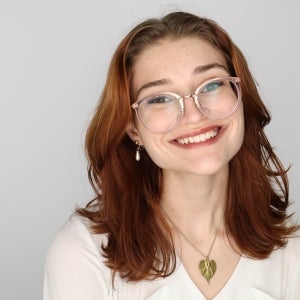College Admissions Tour: A digital recreation
Lucas Draper ’23
As a student from Australia, going on campus tours was not something I was able to do. I know I really would have enjoyed the ability to see the campuses that I was applying to. So I decided to go on a college tour and document it, so that students like me can semi-experience a college tour!
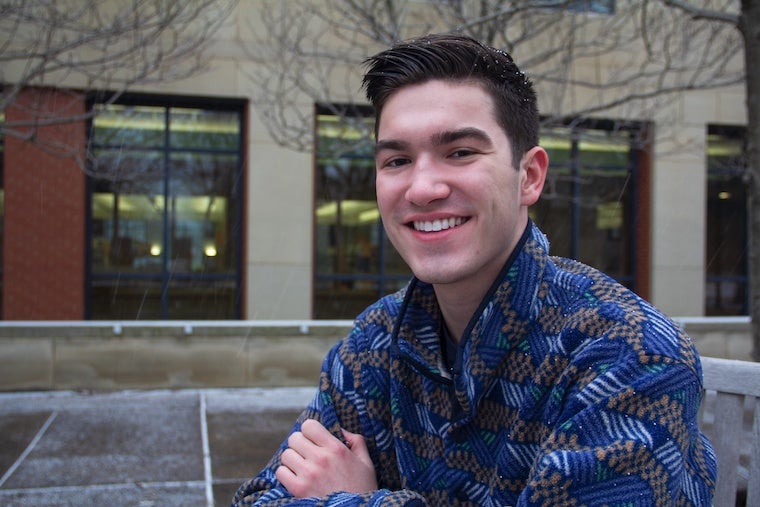
My tour guide was Louis; he's a second-year on the pre-med track, and he had a heap of information to volunteer about the college and its history, and I enjoyed getting to learn things I was not aware of about the campus. Some of this information in the following digital recreation is his information, and some is my experience, so you're getting the best picture I can paint for you.
Some background
Oberlin College was founded in 1833, and the town of Oberlin was founded at around the same time. The fact that both were developing at the same time means that the college and community are both very closely intertwined. Although the community and college have had their various issues, it's worth noting the college wouldn't exist without the town and the town wouldn't exist without the college. That is one of my favourite things about Oberlin, the connection between town and college. Members of the community can take classes, and it's nice to feel like a part of the greater Oberlin community, rather than just another college kid being a burden on society.
Oberlin has around 2800 students. Of that, about 2250 are college students and 350 are conservatory students. The college also has around 200 double-degree students, which means they're pursuing degrees in both the college and the conservatory. Each graduating class has about 700 people in it across both college and con, which keeps class sizes small and allows students to connect with faculty. Although the college and the conservatory are separate, the students all still live together, and it really is one big family. In regard to academics of the college, 2 out of 3 students double major. The college has 50 majors and 40 minors available, and there are no general education requirements; however, there are various graduation requirements that require you to explore departments outside your major but still allow you to choose things that interest you. Also, 9/10 Oberlin graduates are either working or at graduate school within a year of graduating. 80% of the classes at Oberlin are capped at 20 students, which means classes can create a real connection, and the students and professors can form real relationships to improve the student's learning.
Oberlin College Admissions Tour
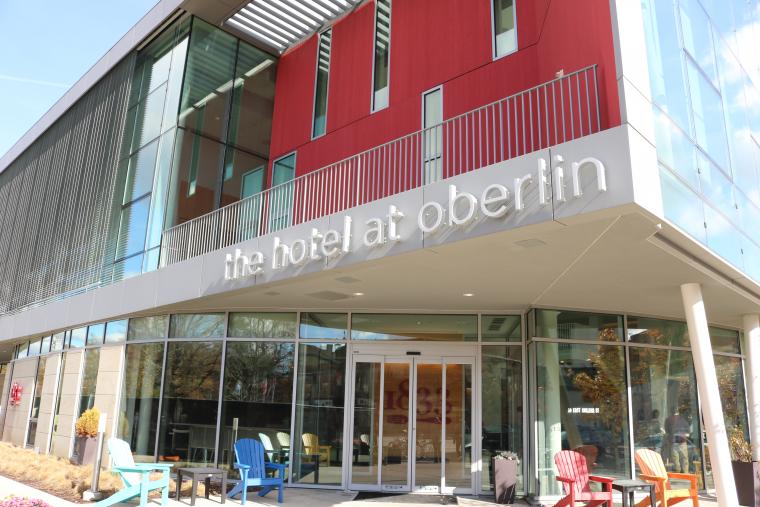
We started our tour at the admissions building, which also houses the Oberlin hotel. The hotel opened in mid-2016 and has both a restaurant and rooms available to stay in. The admissions staff are all really friendly and were more than willing to let me tag along to show you guys how an Oberlin tour works, and how great the campus is.
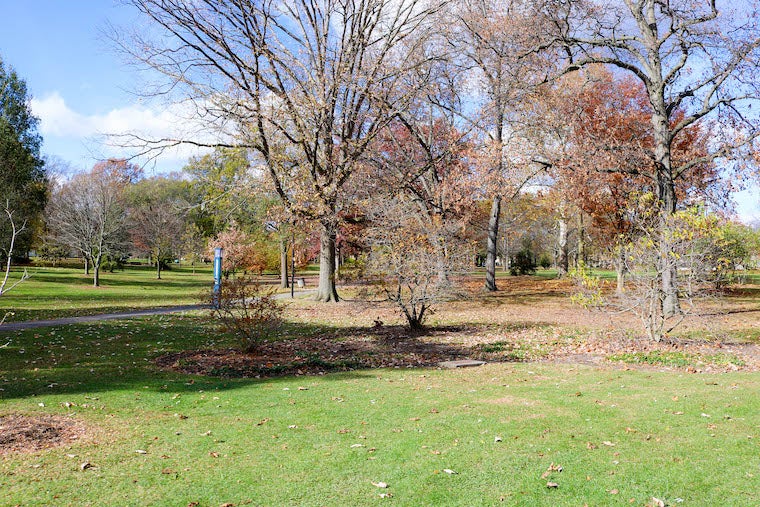
From the hotel, we went out and walked through Tappan Square. Tappan Square was a gift to the community from the college to strengthen the relationship between the college and greater Oberlin. Tappan Square is a great place to meet up with friends, and enjoy the sun (when it is sunny, not so much in the middle of winter). Tappan Square is also where the senior graduation ceremony is held, as well as other community events such as the Climate Strike and Indigenous People's Day.
One of the other great places in Oberlin is the Allen Art Museum. The Allen has over 10,000 pieces in it and is one of the best college museums in the country. Each year there is a different exclusive gallery; this year's gallery is 'Afterlives of the Black Atlantic', which is a fascinating collection of art representing the long history of African-Americans. Students are also able to rent artworks from the museum for just $5 and can keep them in their rooms for a semester. Check out this post by Sarah to see her awesome Picasso! In the history of the program, no artwork has ever been damaged or lost, so it's an excellent opportunity for students.
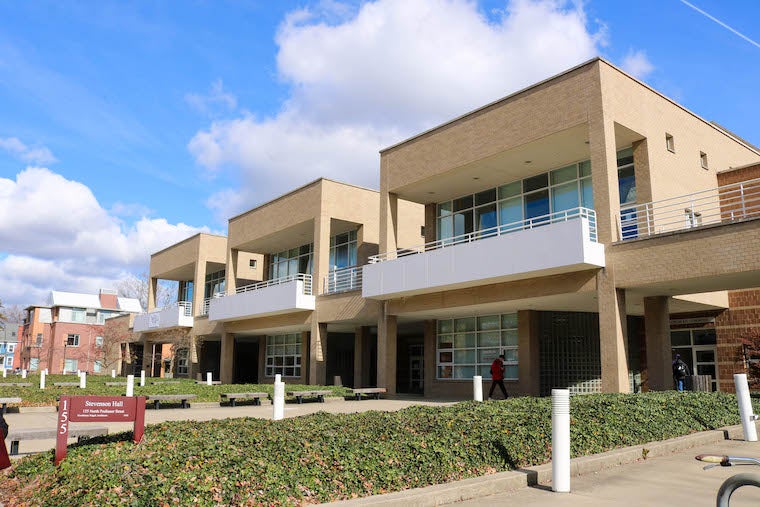
Our next stop on the tour was Stevenson Dining Hall, known by students as 'Stevie'. Stevie serves breakfast, lunch and dinner and students use meal swipes to get into the dining hall. I'm going to be honest here, the food is not gourmet. I didn't visit any college campuses before I committed to Oberlin, so I have nothing to compare it to, but Louis told us that the food at Stevie is on the better end of the college food dining he experienced on his college visits. There are also other options available, such as Decafe (a grab and go food option), Biggs (a smoothie bar), Fourth Meal (a late-night eatery that generally serves comfort food), and A-House (which serves dinner down in south campus half of the week).
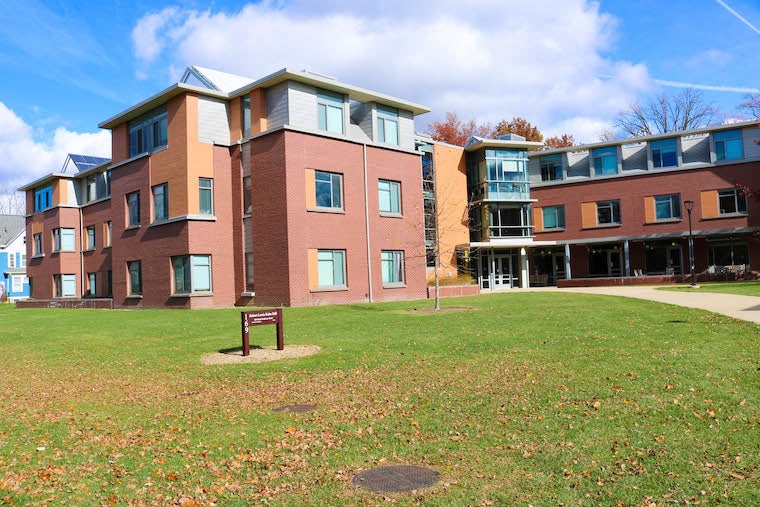
We then moved on to go and see an example dorm room, and while we walked, Louis told us about first-year dorms and the living experience in general. There are four first-year dorms on campus, Dascomb, Barrows, Kahn and Zeke. I live in Barrows, and although the dorm isn't the newest on campus, the people in my building make it really enjoyable and fun to live in. All of the freshman dorms are really nice, and the people who live there create little families, which helps you adjust when you're making the big move to college. Over two-thirds of freshman students live in freshman housing. Kahn is a dorm that deserves a special mention. Kahn Hall is an eco-friendly dorm near Stevie, and it's a charming place to spend time. It has some beautiful spaces to hang out with friends, and, most importantly, has air-conditioning for those months at the end of summer.
Students also don't have to live in first-year dorms, some other options include traditional housing, theme housing, program housing and co-ops. Traditional housing is every other dorm building that houses first-years all the way up to fifth-years and beyond. Theme and program housing are dorm halls or floors dedicated to specific ideas. There are program houses like Spanish House, French House and other language houses as well as identity-based housing like Hebrew Heritage House and Third World House. Theme housing allows people to live in a dorm with people they share interests with. These are things like Sci-Fi Hall, and groups can apply to live in theme housing before the start of each semester.
Co-ops are another area completely. OSCA is the group responsible for coordinating the student co-op system. Most students choose to live in co-ops because of the amazing communities that are created in these living spaces as well as the skills they are able to learn, from cooking for themselves to delegating tasks and working together. Depending on the co-op, members are required to do various duties, like cooking, cleaning and ordering food. Because the food is cooked by the students, this also means the food is generally healthier. There are also co-ops for specific diets, like Halal and Vegan. OSCA is also the third-largest college co-op system in the country.
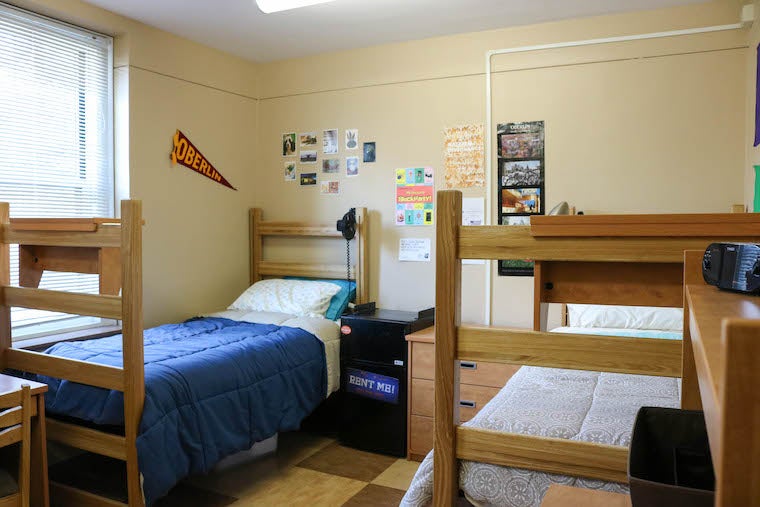
Louis took us into Burton, a traditional dorm, to show us an example dorm room the college has set up. This dorm room looked nice, but I will say, it's a lot neater than mine, but I guess that's what happens when Admissions sets up a dorm room! The dorm room was about the same size as a standard dorm room, and the hardware provided by the college was accurate.
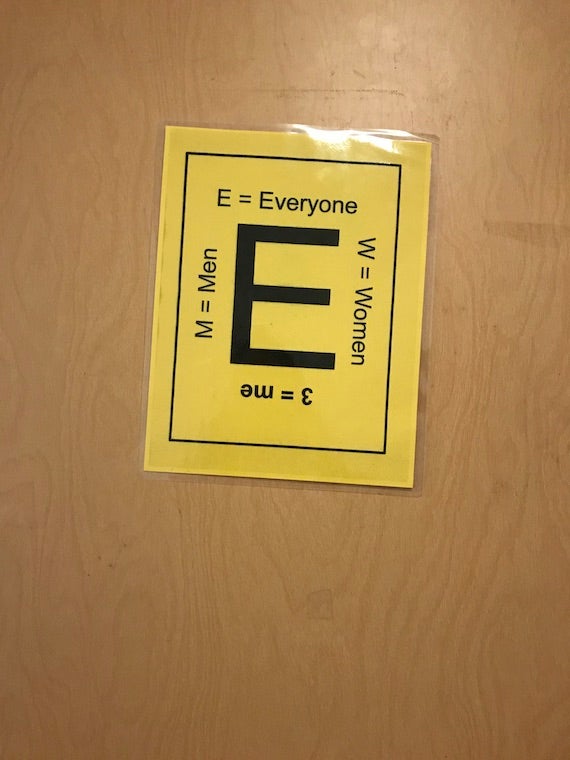
Another thing worth explaining is the bathroom system here at Oberlin. All dorms (except for certain dorms that specify a gender) are all-gendered. This means girls, guys and non-binary people are all in the same dorm building. Thus, the bathrooms are all generally (except for maybe one or two per building) either E-system or all-gender. E-system sounds complicated, but it really isn't. Essentially, the letter 'E' is velcro-ed onto the door, and you rotate it to where you are comfortable. 'W' if you want the bathroom to be Women only while you're in it, 'M' if you want the bathroom to be Men only, 'E' for everyone and 3 for me, myself and I. Once you are done using the bathroom you reset it to 'E'.
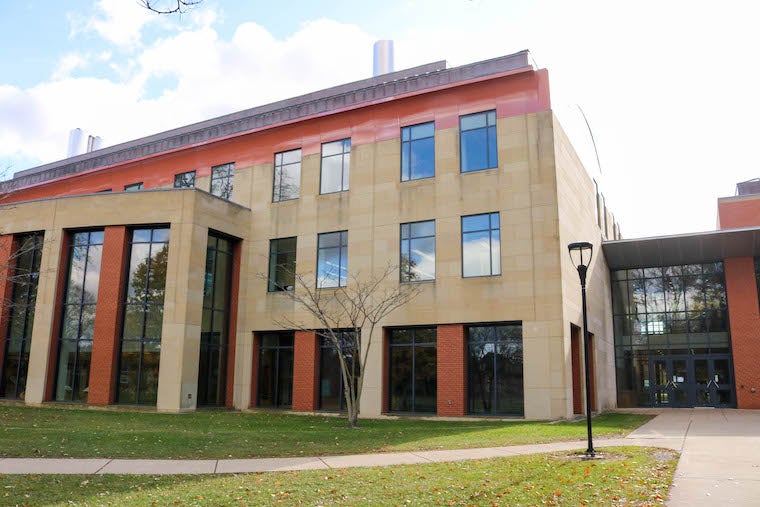
Next stop on our tour was the Science Center, which was built in 2002. The science center houses many different classes, but majorly has biology, chemistry, physics, and psychology. There are also a lot of research labs in the science center, as almost all professors are actively engaged in research. These research projects are much more achievable for students to get involved in, as they do not have to compete with graduate students for research positions. Over half of the student body is involved in research at some point in their time at Oberlin. Oberlin also has more women in STEM than men, and there is constant encouragement for people to reach outside their comfort zones. Intro classes here are also capped at 50, which means students are not just a number in a class but can have a relationship with their professors.
Fun Fact: Oberlin was also the first undergraduate college to have a neuroscience major, so we've been innovating new ways of learning for a long time.
Another Fun Fact: Biology is the most popular major here at Oberlin!
Oberlin is also very close to medical facilities. Just steps off campus, there is Mercy Health, as well as many University Hospitals and Cleveland Clinics accessible to students when needed. Oberlin also has its own Student Health Center, where students can see a doctor for free. There are also 8 or so counsellors that students can make appointments with if need be. Sometimes there is a little bit of a wait, but the counsellors are available, and if you are in a time of crisis, they will make a space for you.
Oberlin also has a medical amnesty policy, which means that students who make the decision to drink and drink too much can get help without the fear of legal action being taken. If a student calls campus safety stating they need help, or a friend calls for them, no action will be taken against them, and campus safety will make sure they get the help they need.
Back on academics, Oberlin also has a fantastic program called the Experimental College, known as ExCo to students. Excos are taught by students and local members of the community and they generally are worth either one or two credits and can count towards up to eight credits for graduation. Classes are on a variety of areas, from debating to D&D to ExcoPatronum, there are ExCos to interest everybody. Teachers of the course also get credit, so if something doesn't look appealing, students can create their own syllabus and teach a class on what they want.
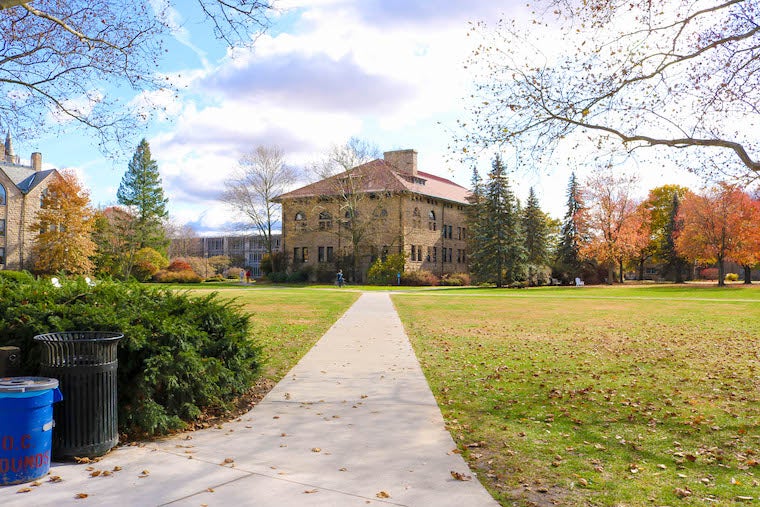
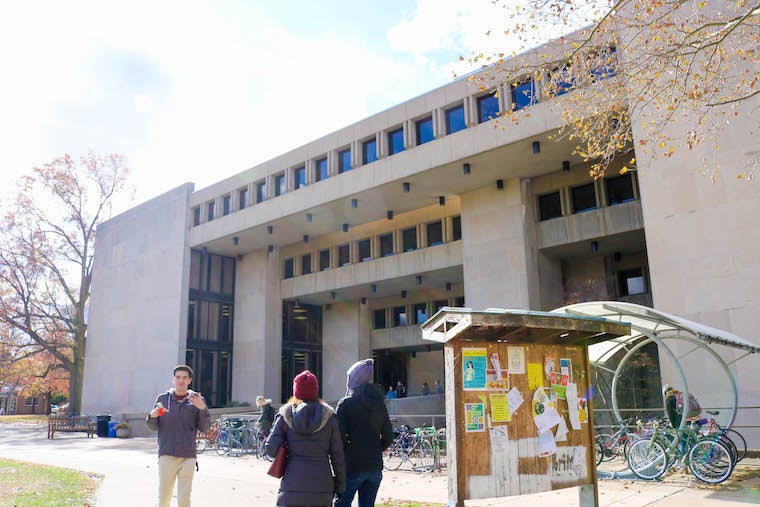
The next stop on our tour was Mudd Center and Wilder Bowl. The Mary Church Terrell Main Library, located in the Seeley G. Mudd Center, is the main library on campus. Most students just refer to the library as Mudd, so that's what I'll do. Mary Church Terrell was the first African-American woman to graduate from Oberlin in 1884. Oberlin College was, in fact, one of the first colleges in the country to admit African-American students. Mudd is a four-story building that gets quieter the higher up you get. The first floor has public computers that can be used to print as well as the Writing Center and Quantitative Skills Center. The Writing Center is an excellent place students can go at any point in the writing process to get help with a paper, and the QS center is where students can go to get help with various STEM subjects from dedicated tutors. The remaining floors of Mudd mainly contain books, and the fourth floor contains the college archives.
Another great thing available to students in Mudd is OhioLink, which connects all college libraries in Ohio. If Oberlin doesn't have a specific book you are looking for, you can look it up on OhioLink and borrow it from another college within Ohio like Ohio State or Wooster. The books take about a week to arrive and can be kept for 3 weeks at a time and renewed six times.
Yet Another Fun Fact: The architects of Mudd didn't factor in the weight of the books when they built the library, and so Mudd is slowly sinking!
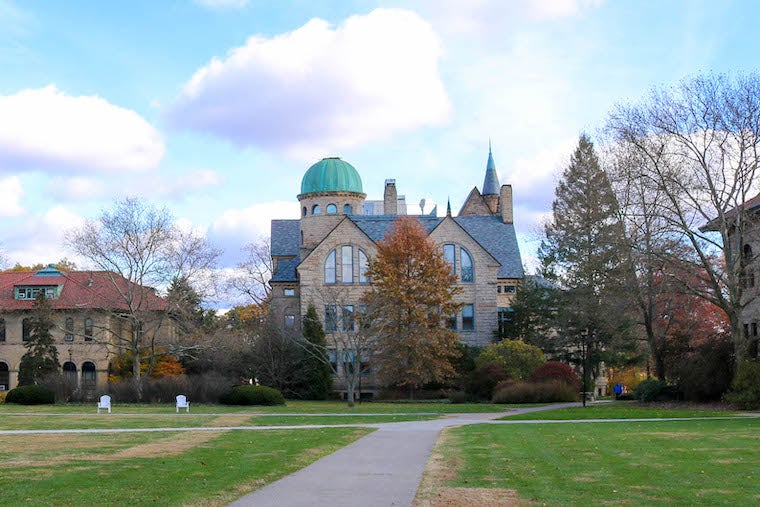
The next important item on our tour was Peters Hall, which houses most of the language classes. The language departments at Oberlin are fantastic. Over half of Oberlin's students do a semester abroad, and the language department runs language crash courses over winter term to get students ready to be dropped in a non-English speaking country. There is also the Oberlin in London program, where each spring faculty from Oberlin travel with students to London to teach classes. Students take courses taught by Oberlin professors and resident professors in London, and it's a great experience.
Fun Fact Numero Cuatro: Peters has an awesome observatory on the top that is open to the public once a month, and you can go and look at the stars.
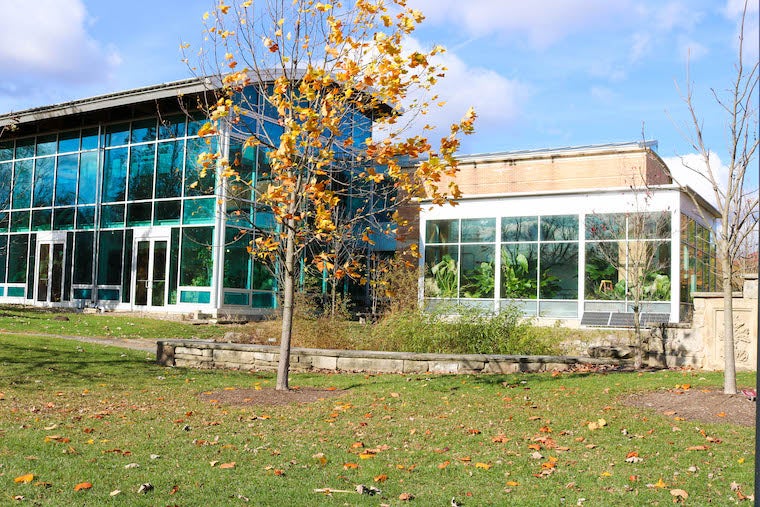
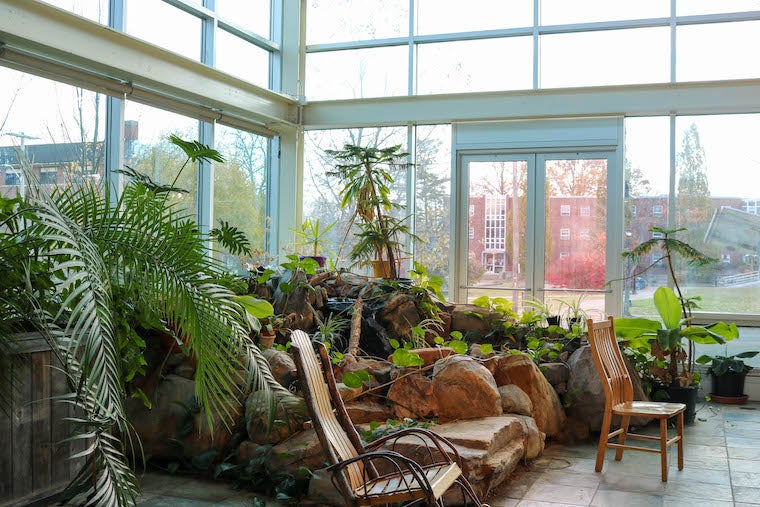
The next stop on our tour was the Adam Joseph Lewis Center for Environmental Studies, known by students as the AJLC. The AJLC was built in 1999 and is one of the most influential green buildings in the country. Most of the materials used to make it were sourced locally. One of the coolest things about the AJLC is the living machine, which mimics natural wetlands to filter and reuse the building’s sewage and wastewater. AJLC also produces more energy than it uses, and the excess is returned to the city’s energy grid.
Interesting Factoid: Oberlin aims to be carbon neutral by 2025 and the town aims to be carbon neutral by 2050.
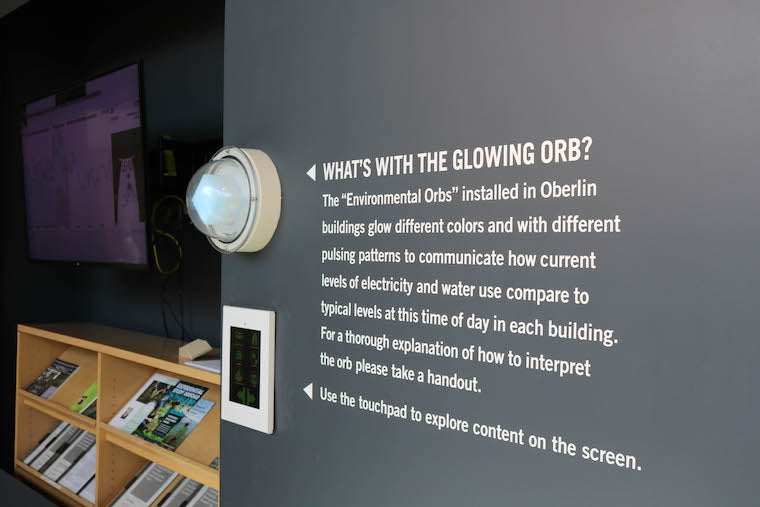
One of the other fantastic things about Oberlin is its Winter Term project requirement. For the entire month of January, students spend time working on a project of their own choosing. That can be anything from research with a professor to taking an intensive language course or learning a new skill. This is not an opportunity presented at many other schools, and I really like the idea of being able to explore something that interests me rather than just taking classes and studying for exams. These orbs that are in most buildings on campus were created for a winter term project in the early 2000s. They measure water and electricity usage, and the orb changes colour depending on how much the building is using. It gives students a perspective on their environmental impact and hopefully helps to make them more conscious of how much power and water they use. Students are required to do 3 winter term projects over their four years at Oberlin, so you have plenty of opportunities to explore different options.
Another great aspect of Oberlin is the First-Year Seminar Program/PAL program. First-year students are placed into Peer Advising Leader (PAL) groups during orientation, which generally are members of their first-year seminar (more on that in a minute) and are the groups we complete activities in during orientation. Each PAL group is led by a senior student and is a one-credit class for the fall semester. The PAL group is the group with which students complete Connect Cleveland, a day trip into Cleveland to better connect the college and greater Cleveland. I spoke a bit about Connect Cleveland here, if you're interested! PAL meets every two weeks once classes begin and each session covers a different area of adjusting to Oberlin life, from the Honor Code to Winter Term and selecting courses.
The First-Year Seminar is a class of around 15 students to help students learn to write for college. It teaches you skills like how to research for papers, how to write college standard papers, and how to utilise the things available to you, such as professor's office hours and the Writing Center. First-year seminars are a really close-knit group of people, and I have made so many friends in my FYS class.
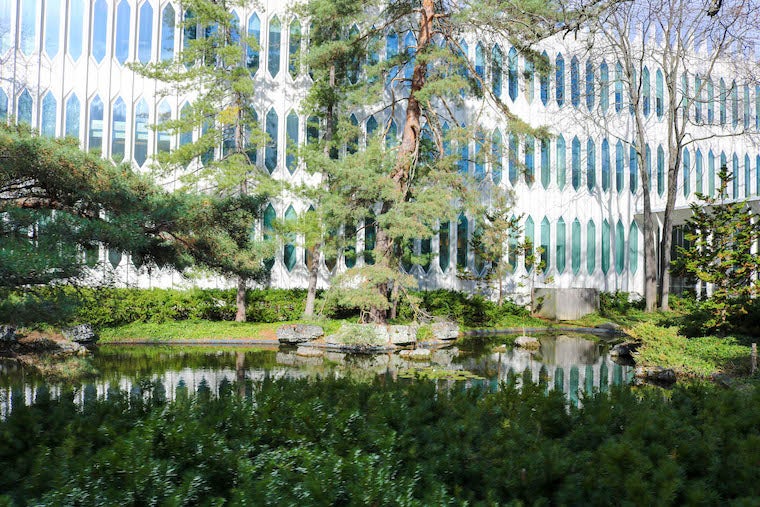
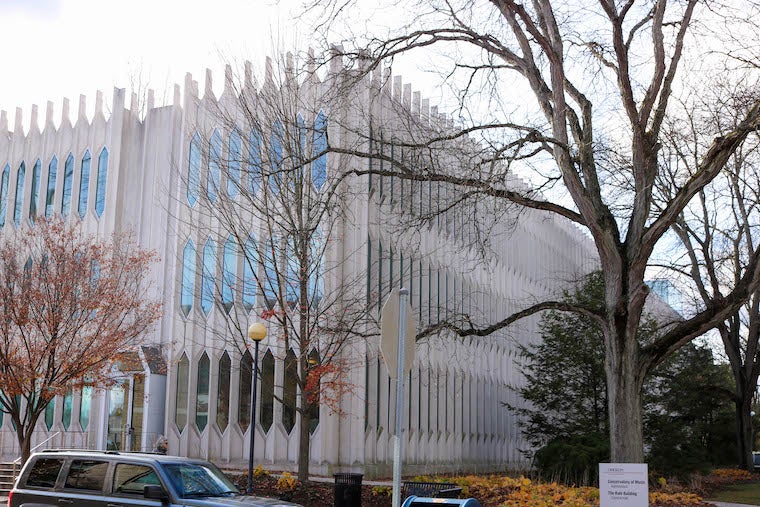
The relationship between the college and the conservatory is also one I think is really special. Students of the college can take classes in the Con provided they can meet the entry requirements, and there are extra spaces in the classes. College students are also able to take lessons from conservatory students. College and conservatory students all live together, so there aren’t any divisions between the student body, which is really lovely. Living in my dorm building, I am constantly treated to random bursts of singing and piano (sometimes at 2 am, which is less nice), and it's enjoyable. Being able to go to the hundreds of conservatory performances by the various departments is really lovely, and I love being able to see my fellow students succeed.
I really enjoyed being able to experience the college tour, and I thank Louis for letting me come along and document it for people who cannot experience it. I really love my time here at Oberlin College, and I hope that this tour has shown you exactly how amazing Oberlin is, and the various opportunities available to you as a student. If you have any questions, please do not hesitate to reach out to me via email at tdraper@oberlin.edu and I will do my best to help! And if you do end up coming to Oberlin, please say g'day if you see me around!
Please Note
This blog post may contain outdated information about campus bathrooms. For up-to-date information, see Ohio Law and Campus Restrooms.
Tags:
Similar Blog Entries
The New Bass on the Block
I decided to come to Oberlin because I wanted more music in my life. I ended up singing bass in the Obertones, Oberlin's only men's and non-binary a cappella group. I regret nothing.

What has YOUR Oberlin experience been like?
I decided to interview 4 conservatory students of different majors and years, to reflect on why they chose Oberlin and what they’ve been up to since coming here!

